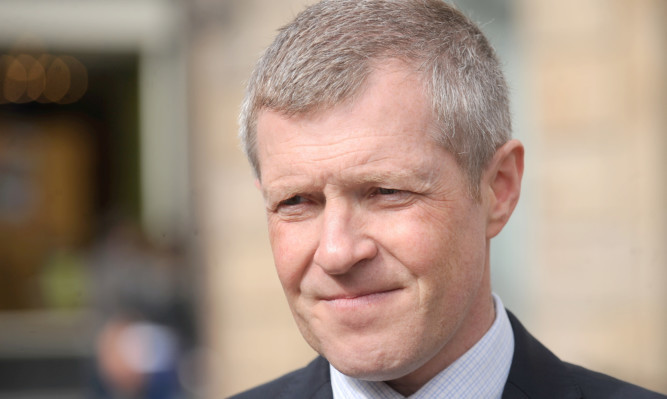Scottish Liberal Democrat leader Willie Rennie will insist a “pupil premium” given to schools to support the poorest children makes a “tangible difference”.
He wants the policy, which was brought in south of the border in 2011, to be introduced in Scotland.
The UK Government pays the pupil premium directly to schools as extra funding for children aged five to 16 from disadvantaged backgrounds.
The cash is spent on areas such as breakfast clubs, extra tuition and outreach programmes for parents.
Mr Rennie says the scheme has helped close the attainment gap between the richest and poorest children in England.
He said the policy is needed in Scotland, given the cuts to local authority budgets announced by the Scottish Government.
Speaking to the Aberdeen and Grampian Chamber of Commerce, Mr Rennie will say: “We know that education is the essential investment that gives every child a chance to reach their potential.
“Our plan involves investing in a pupil premium to help children who need extra support and tuition at school.
“The money is for the pupil no matter where they live or what school they attend. It has been successful in England at closing the attainment gap and I want Scotland’s children to benefit too.”
He will add: “It gave schools more than just the money to act – it gave them the incentive to focus on poorer pupils, backed up by Ofsted accountability. And it has made a tangible difference.
“Primary school figures from England showed children from the poorest backgrounds getting their best-ever results and the gap between them and their better-off classmates narrowed.
“The attainment gap between disadvantaged and other pupils narrowed by 4.7 percentage points in primary schools and 1.6 percentage points in secondary schools between 2011 and 2014.
“We need to bring this to Scotland.”
